Omer Gokalp Serbetci
Wireless Channel Aware Data Augmentation Methods for Deep Leaning-Based Indoor Localization
Aug 12, 2024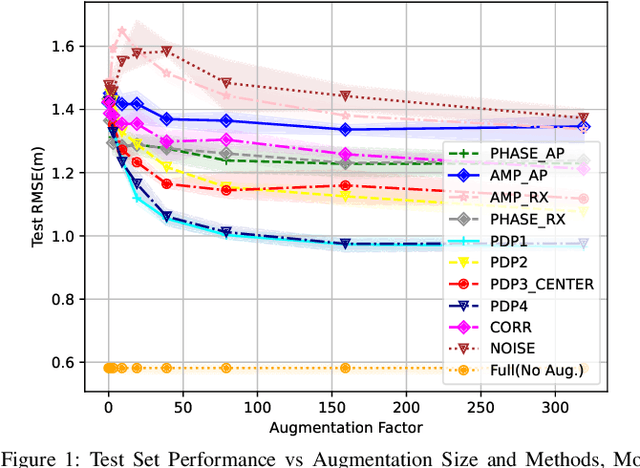
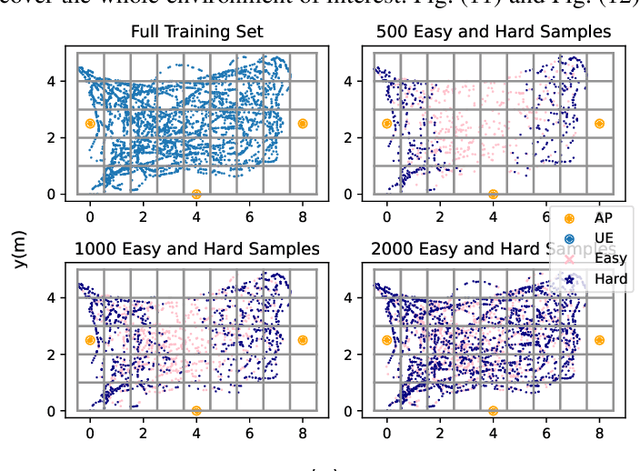
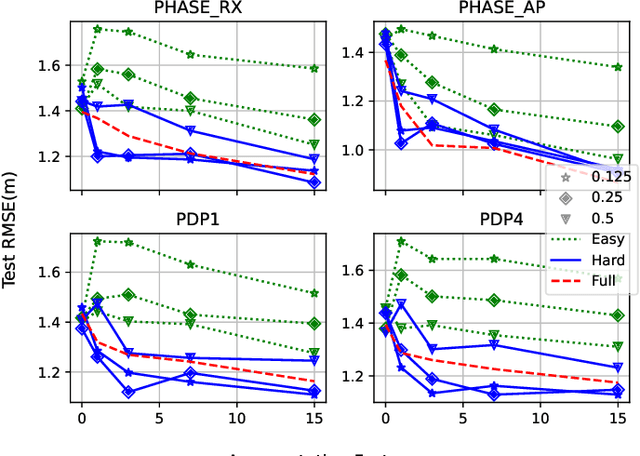
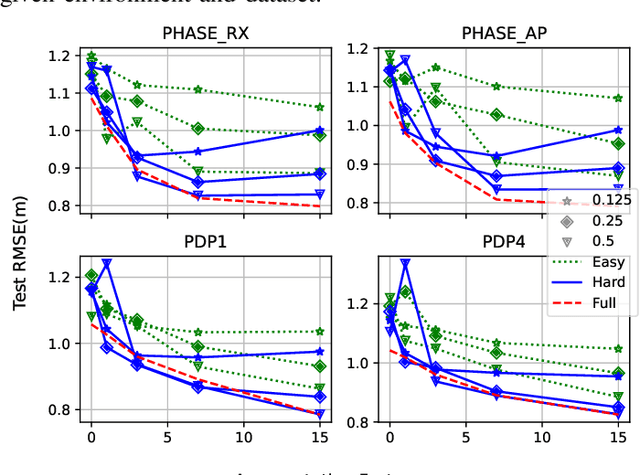
Abstract:Indoor localization is a challenging problem that - unlike outdoor localization - lacks a universal and robust solution. Machine Learning (ML), particularly Deep Learning (DL), methods have been investigated as a promising approach. Although such methods bring remarkable localization accuracy, they heavily depend on the training data collected from the environment. The data collection is usually a laborious and time-consuming task, but Data Augmentation (DA) can be used to alleviate this issue. In this paper, different from previously used DA, we propose methods that utilize the domain knowledge about wireless propagation channels and devices. The methods exploit the typical hardware component drift in the transceivers and/or the statistical behavior of the channel, in combination with the measured Power Delay Profile (PDP). We comprehensively evaluate the proposed methods to demonstrate their effectiveness. This investigation mainly focuses on the impact of factors such as the number of measurements, augmentation proportion, and the environment of interest impact the effectiveness of the different DA methods. We show that in the low-data regime (few actual measurements available), localization accuracy increases up to 50%, matching non-augmented results in the high-data regime. In addition, the proposed methods may outperform the measurement-only high-data performance by up to 33% using only 1/4 of the amount of measured data. We also exhibit the effect of different training data distribution and quality on the effectiveness of DA. Finally, we demonstrate the power of the proposed methods when employed along with Transfer Learning (TL) to address the data scarcity in target and/or source environments.
Simple and Effective Augmentation Methods for CSI Based Indoor Localization
Nov 19, 2022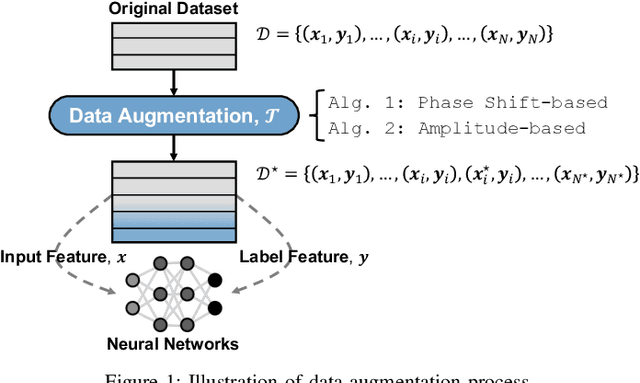
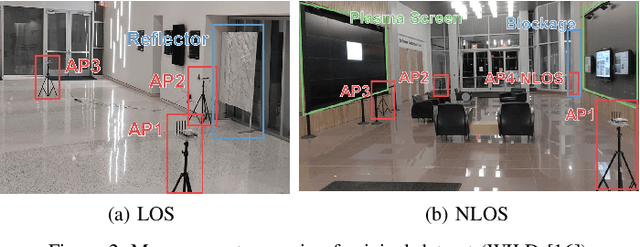
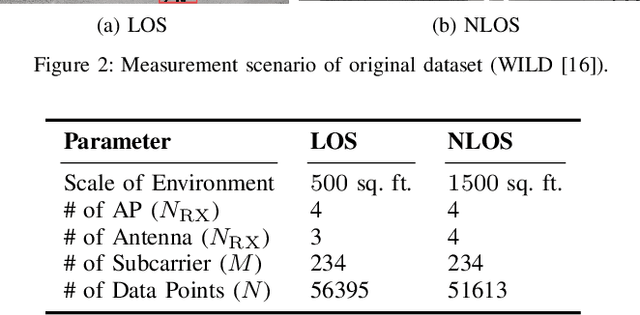
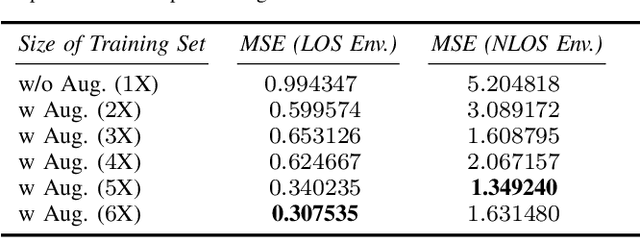
Abstract:Indoor localization is a challenging task. There is no robust and almost-universal approach, in contrast to outdoor environments where GPS is dominant. Recently, machine learning (ML) has emerged as the most promising approach for achieving accurate indoor localization, yet its main challenge is the requirement for large datasets to train the neural networks. The data collection procedure is costly and laborious as the procedure requires extensive measurements and labeling processes for different indoor environments. The situation can be improved by Data Augmentation (DA), which is a general framework to enlarge the datasets for ML, making ML systems more robust and increases their generalization capabilities. In this paper, we propose two simple yet surprisingly effective DA algorithms for channel state information (CSI) based indoor localization motivated by physical considerations. We show that the required number of measurements for a given accuracy requirement may be decreased by an order of magnitude. Specifically, we demonstrate the algorithms' effectiveness by experiments conducted with a measured indoor WiFi measurement dataset: as little as 10% of the original dataset size is enough to get the same performance of the original dataset. We also showed that, if we further augment the dataset with proposed techniques we get better test accuracy more than three-fold.
PMNet: Robust Pathloss Map Prediction via Supervised Learning
Nov 18, 2022Abstract:Pathloss prediction is an essential component of wireless network planning. While ray-tracing based methods have been successfully used for many years, they require significant computational effort that may become prohibitive with the increased network densification and/or use of higher frequencies in 5G/B5G (beyond 5 G) systems. In this paper, we propose and evaluate a data-driven and model-free pathloss prediction method, dubbed PMNet. This method uses a supervised learning approach: training a neural network (NN) with a limited amount of ray tracing (or channel measurement) data and map data and then predicting the pathloss over location with no ray tracing data with a high level of accuracy. Our proposed pathloss map prediction-oriented NN architecture, which is empowered by state-of-the-art computer vision techniques, outperforms other architectures that have been previously proposed (e.g., UNet, RadioUNet) in terms of accuracy while showing generalization capability. Moreover, PMNet trained on a 4-fold smaller dataset surpasses the other baselines (trained on a 4-fold larger dataset), corroborating the potential of PMNet.
 Add to Chrome
Add to Chrome Add to Firefox
Add to Firefox Add to Edge
Add to Edge